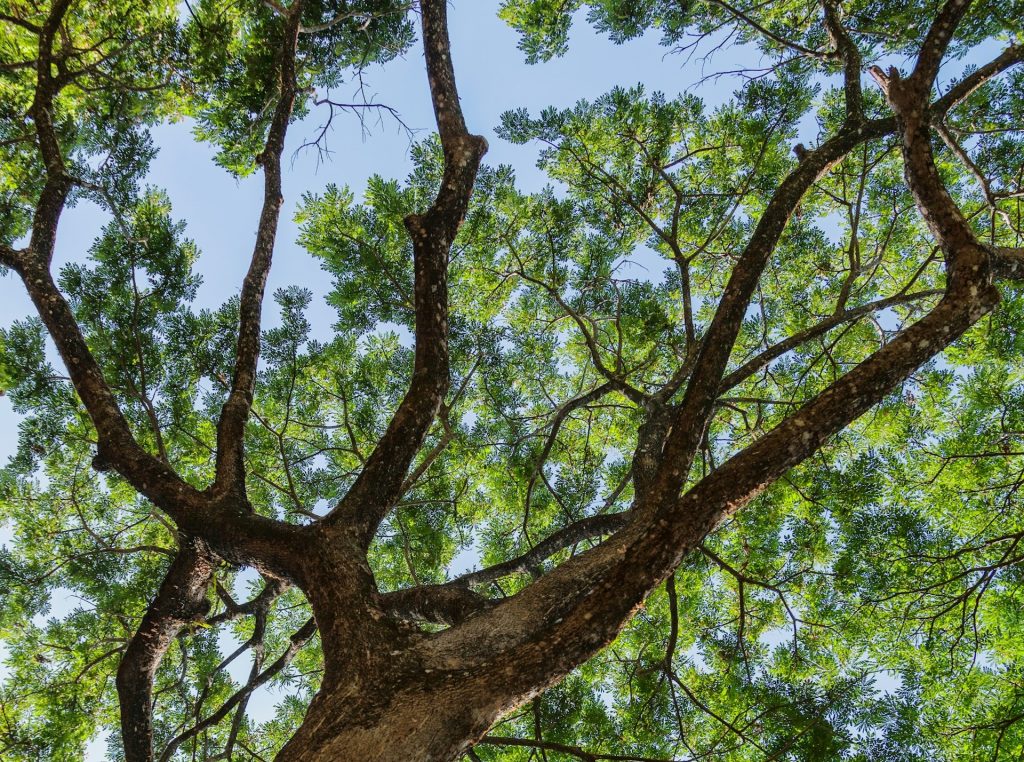Tree Cabling vs. Bracing: How to Stabilize Weak Branches and Prevent Storm Damage in Mature TreesMarch 17, 2025 |
|
To stabilize weak branches and prevent storm damage in your mature trees, you can use either tree cabling or bracing, or often a combination of both. Tree cabling involves installing high-strength steel or synthetic cables in the upper crown to reduce excessive branch movement, particularly useful for co-dominant stems and overextended limbs. Bracing, on the other hand, uses threaded steel rods to provide rigid support for split branches or weak trunks, ensuring immediate stability and allowing the tree to heal over time. Both methods help redistribute weight and prevent breakage during storms. By understanding these techniques, you can better protect your trees and property from potential hazards.  Tree Cabling vs. Bracing: How to Stabilize Weak Branches and Prevent Storm Damage in Mature TreesWhen dealing with mature trees, understanding the differences between tree cabling and bracing is vital for stabilizing weak branches and preventing storm damage. You need to identify whether your tree requires flexible steel cables to redistribute weight and reduce excessive movement, or if it needs rigid threaded steel rods to provide direct support for compromised limbs. By recognizing common structural issues such as co-dominant stems, cracked branches, and overextended limbs, you can choose the right method to protect your tree and property from severe weather conditions. Understanding Tree Cabling and Bracing: Key Differences & BenefitsWhen evaluating your mature tree’s structural needs, it’s vital to understand the differences between cabling and bracing. Cabling involves installing high-strength steel or synthetic cables in the upper crown to reduce excessive branch movement, particularly during storms or heavy snow, thereby preventing breakage. Bracing, on the other hand, uses threaded steel rods to provide rigid support for split branches or weak trunks, securing them together to prevent further separation and damage. How cabling reduces movement and bracing reinforces split branchesReducing movement in weak branches and reinforcing split ones are essential aspects of maintaining the integrity of mature trees, and this is where tree cabling and bracing come into play. How Cabling Reduces Movement
How Bracing Reinforces Split Branches
Here are key points to ponder:
Common Tree Weaknesses That Require Structural SupportWhen evaluating your mature trees, you’ll often encounter several common weaknesses that necessitate structural support. Co-dominant stems, where two or more branches of similar diameter grow from the same point, pose significant risks due to their weak attachments and potential for bark inclusion and uneven growth. Cracked branches and overextended limbs also require attention, as they can fail under the stress of high winds, heavy snow, or ice, making cabling and bracing essential interventions to guarantee the tree’s stability and safety. Co-dominant stems, cracked branches, and overextended limbsMature trees often develop structural weaknesses that necessitate intervention to guarantee their stability and longevity. Here are some common issues you might encounter:
Storm Damage Prevention: How Support Systems Protect Trees & PropertyWhen you invest in tree cabling and bracing, you substantially reduce the risk of limb failure and extend the longevity of your mature trees during extreme weather. These support systems prevent branches from splitting or breaking by redistributing stress and providing rigid support, thereby protecting both the tree and your property from potential damage. By installing these systems, you guarantee your trees can withstand high winds, heavy snow, and other environmental stresses, maintaining their health and stability over time. Reducing limb failure risks and extending tree longevity during extreme weatherTo reduce the risk of limb failure and extend the longevity of your trees during extreme weather, it’s crucial to understand the differences and synergies between tree cabling and bracing. Here are key points to ponder:
Best Practices for Installation & Maintenance of Tree Cabling and BracingWhen installing tree cabling and bracing, it’s vital to select the right materials and place them correctly to guarantee the tree’s stability. You should choose high-strength steel or synthetic cables for cabling and threaded steel rods for bracing, ensuring they are anchored securely to sturdy limbs or trunks. Regular annual inspections by a certified arborist are essential to check for damage, corrosion, and necessary adjustments to maintain the effectiveness of these support systems. Proper placement, material selection, and annual inspection guidelinesProper placement of tree cabling and bracing systems is crucial for effectively stabilizing weak branches and preventing storm damage in mature trees. Here’s what you need to know: Key Considerations
|